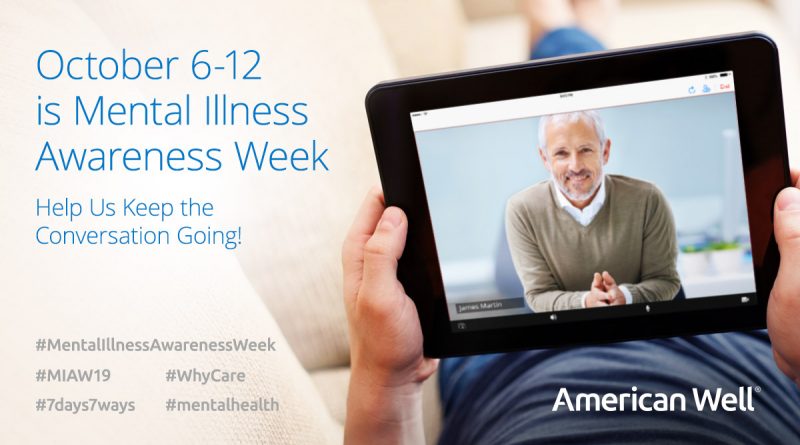Increasing Access to Behavioral Health Through Grant Solutions
During Mental Illness Awareness Week, you may be considering ways you can raise awareness, increase screening rates, and expand access to care in your community. Even for organizations that have extensive resources and staffing funding is often a barrier to implementing new or expanding existing tele-behavioral health programs. Here are a few funding options to consider if you’re looking to increase access to behavioral health care in your community.
- USDA Rural Utilities Services Distance Learning and Telemedicine Grant: This funding can be used for telehealth equipment–including software and cloud-based services –and associated training, and is a great way for rural areas to reduce the access to care barrier. While any US-based legal entity may apply, all services must take place in rural, economically challenged areas and funding may only be used for equipment. The grant requires that technology enable live patient-to-provider interactions (i.e. not store and forward). Proposals can be for a single line of care or for multi-disciplinary lines of care. For larger provider organizations, this can be a great way to create integrated care services.
- HRSA’s Rural Health Network Development Program: There is currently an open competition on this grant with a due date of November 25th, 2019. While there is a cap of 30% on using funding for direct care, this application would allow for a consortium of three or more healthcare partners to implement and provide behavioral health services in designated rural areas. Funding from this grant could be used to hire staff to coordinate services, train staff, or buy equipment and software to connect patients and providers. While the services need to be provided in rural areas, the providers may be located anywhere.
- HRSA’s Rural Communities Opioid Response Program: There are a few funding instruments that fall under this umbrella, one of which is focused on expanding the use and availability of medication assisted treatment (MAT).
- Federally Qualified Health Center (FQHC) Funding, including New Access Points Grants: While these funds are not specific to telehealth, an increasing number of FQHCs are leveraging telehealth to create primary care medical homes with integrated services, including behavioral health.
- SAMHSA’s Tribal Behavioral Health Grant Program (Native Connections): Only recognized American Indian/Alaska Native tribes may apply. The purpose of this program is to prevent and reduce suicidal behavior and substance use among AI/AN youth through the age of 24 years. Obtaining equipment for telehealth is allowable under this funding instrument which provides $250,000 a year for five years.
- SAMHSA’s Enhancement and Expansion of Treatment and Recovery Services for Adolescents, Transitional Aged Youth, and their Families (Family TREE): The purpose of this program is to enhance and expand comprehensive treatment, early intervention, and recovery support services for adolescents (ages 12-18), transitional aged youth (ages 16-25), and their families/primary caregivers with substance use disorders (SUD) and/or co-occurring substance use and mental disorders. While this was a 2018 competition, it certainly has potential to come out again.
Amwell’s Grants and Public Funding Program can help you identify funding opportunities for your community. For more information please contact us today.


